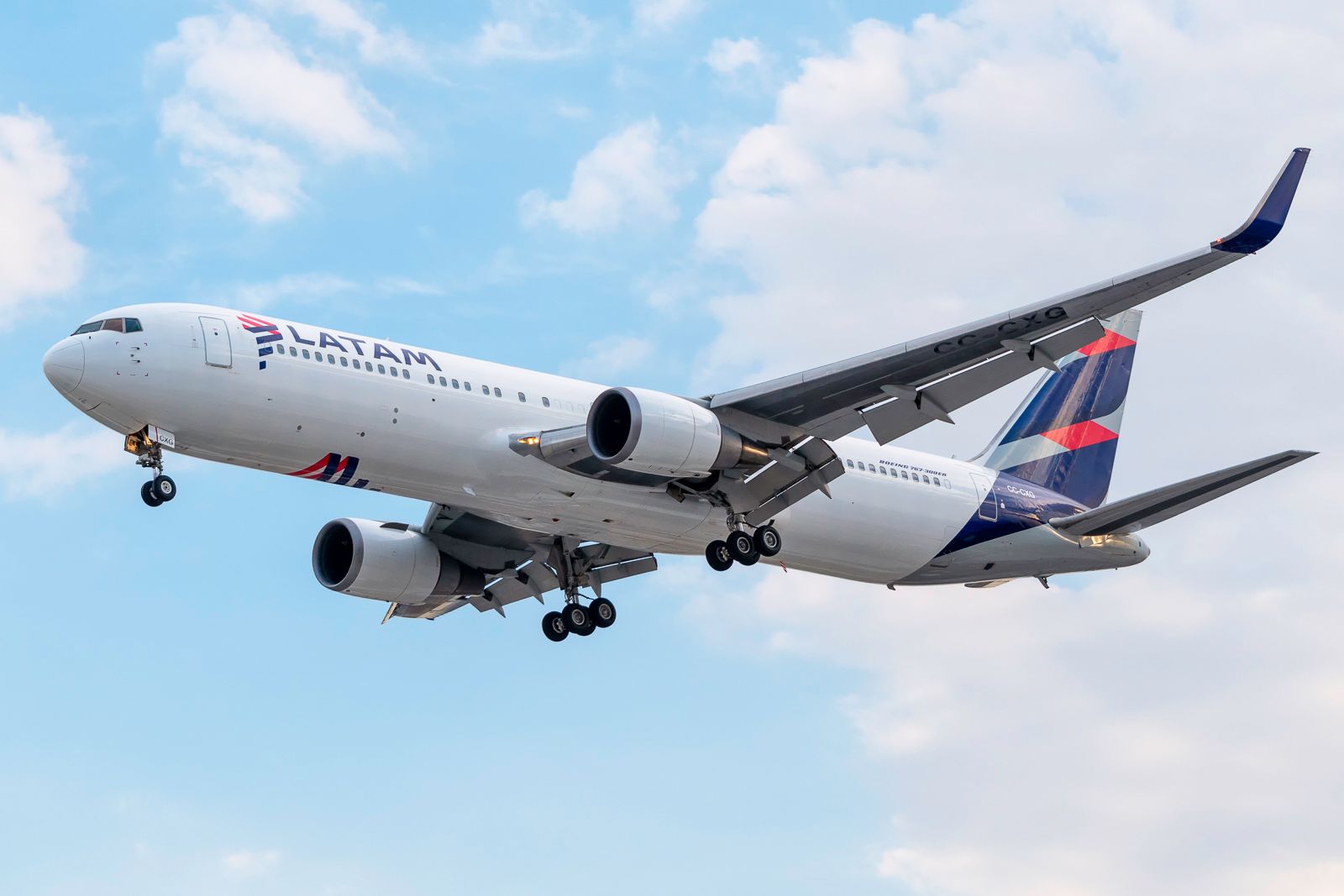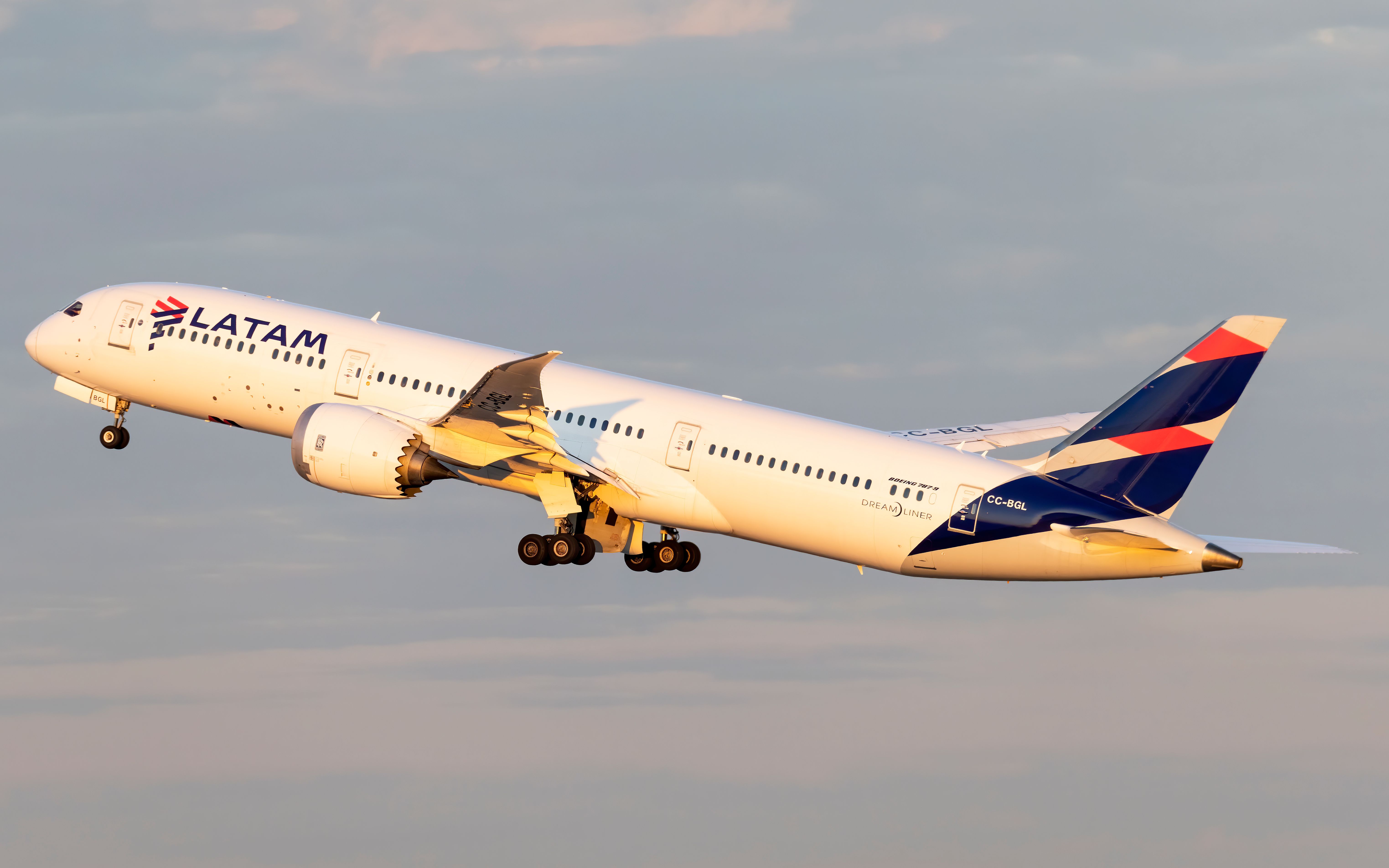LATAM Airlines Group has announced its commitment to eliminate all single-use plastics in its operations by 2023. The airline believes this commitment will be achieved through several initiatives, such as changing onboard materials, incorporating more sustainable elements, and the group’s recycling and reuse programs. Let’s investigate further.
The pledge toward sustainability
The South American company LATAM pledged to become more sustainable a few years ago. LATAM launched its long-term sustainability strategy, called A Necessary Destination, aiming to contribute to protecting the ecosystem (particularly in South America) for the next 30 years.
Yesterday, the airline announced that it will eliminate 100% of single-use plastics used in its operations by 2023.
Paulo Miranda, Vice President of Customers at LATAM, said,
“The proposed goals have challenged us to rethink the design, materiality, and protocols of our onboard service. We are aware that this is a gradual process, where we still have a lot to learn. Still, we will continue working to implement substantial changes that allow us to generate a greater impact for the benefit of our communities and ecosystems.”
What has the airline done so far?
To date, gradual changes have been implemented inside the aircraft. From June 1, all international flights have reusable bags to cover the rest of the items in the Premium Business cabin. New travel kits were also recently launched for passengers in Premium Business, which have more sustainable elements such as bamboo toothbrushes and kraft paper wrappers.
In the Economy cabin, the South American airline will announce changes in the coming weeks. LATAM will replace the materials used for all elements of service (glasses, cutlery, tableware) with reusable and recyclable materials. In the short term, this initiative will eliminate more than 1,000 tons of single-use plastics, equivalent to 36,000 500ml plastic bottles.
LATAM Airlines has a fleet composed of 299 aircraft, including Boeing widebodies such as the Boeing 767, Boeing 777, and Boeing 787 for long-haul flights, and Airbus narrowbodies, such as Airbus A320 and Airbus A321 for medium and short-haul services.
Additionally, LATAM Cargo is implementing several pilot projects expecting to reduce the use of plastic in cargo operations by more than 60%.
According to the airline, one of the most important projects is an initiative to replace the plastic used for wrapping loads with reusable blankets or waterproof covers.
Finally, LATAM is focusing on recycling and reusing.
On domestic flights in Chile, Peru, and Ecuador, LATAM is operating the “Recycle Your Trip” program, through which cabin crews separate plastic and aluminum onboard. In Colombia, this separation takes place on the ground.
The group, together with women entrepreneurs and partner organizations, has also launched its uniform reuse program in Peru, Chile, Colombia, Ecuador, and Brazil, giving a second life to employee uniforms.
Other sustainable initiatives by LATAM
LATAM Airlines Group seeks to compensate 50% of its domestic emissions by 2030. The first iconic ecosystem conservation project that the group joined was the CO2BIO project for the conservation of the Colombian Orinoquía.
Also, the airline recently announced it seeks to reach 5% sustainable aviation fuel use by 2030. That means LATAM will use up to 80 million gallons of SAF (the equivalent of two million barrels), avoiding the emission of 580,000 CO2 tons.
What do you think about these initiatives by LATAM? Let us know in the comments below.


